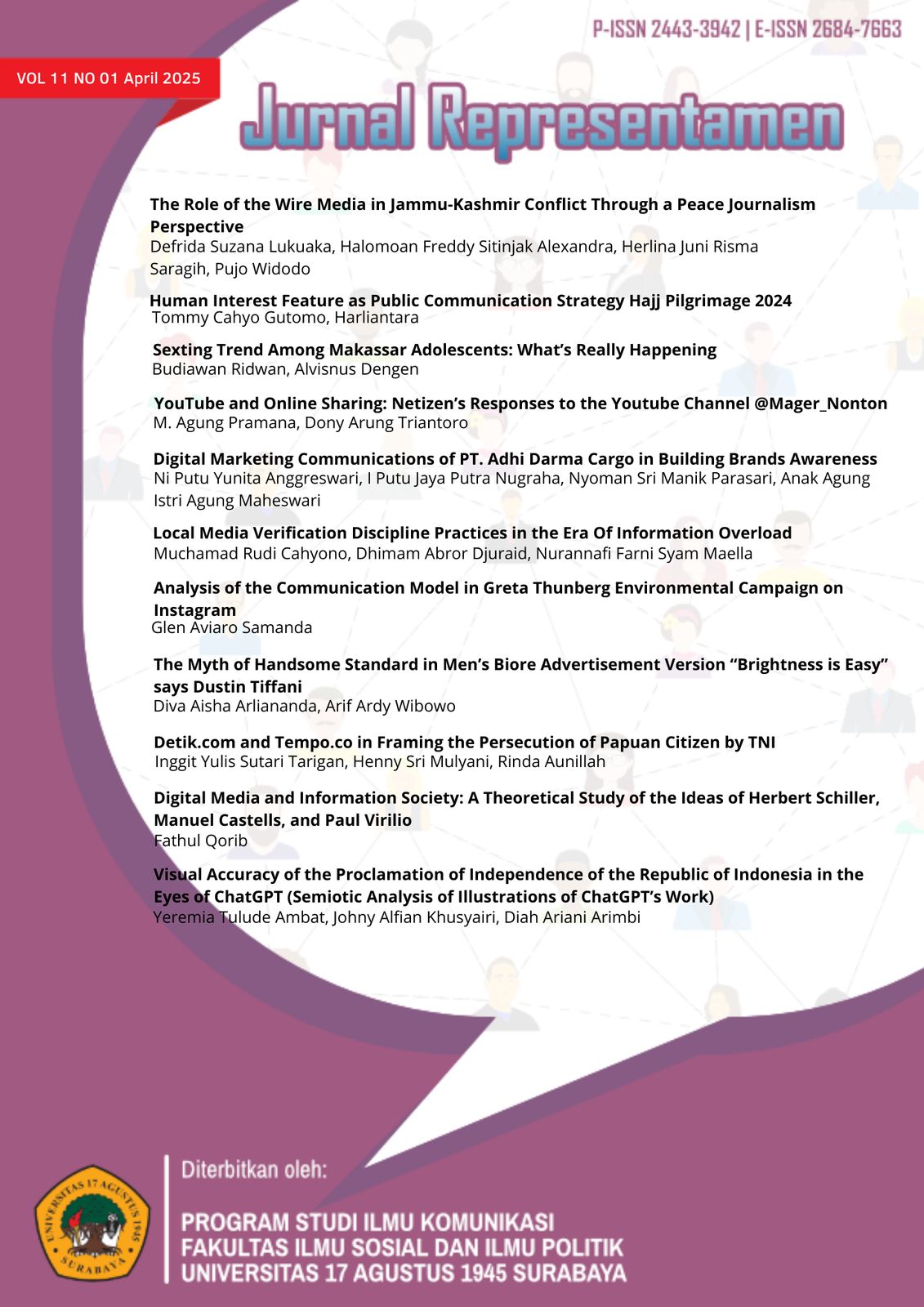Sexting Trends Among Makassar Adolescents
What’s Really Happening?
Abstract
The development of technology and digital communication has transformed social interactions among adolescents, particularly through sexting behavior, defined as the sending and receiving of sexually explicit messages, images, or videos via electronic devices. This study aims to explore sexting trends among adolescents in Makassar City. The research method employed is a survey, systematically collecting data from a representative sample of adolescents aged 12 to 18 attending various junior high and high schools. The results indicate that sexting behavior is relatively common among adolescents, with factors such as peer influence and access to social media significantly contributing to its prevalence. The conclusion emphasizes the importance of education and policy implementation in schools to address sexting issues, as well as the need for effective prevention programs. The contribution of this research lies in providing a better understanding of sexting behavior among adolescents and offering recommendations for interventions that can be undertaken by educators and parents. Keywords: Sexting; Adolescents; Digital Communication; Social Media; Prevention StrategiesDownloads
Authors whose manuscript is published will approve the following provisions:
The right to publication of all journal material published on the jurnal representamen website is held by the editorial board with the author's knowledge (moral rights remain the property of the author).
The formal legal provisions for access to digital articles of this electronic journal are subject to the terms of the Creative Commons Attribution-ShareAlike (CC BY-SA) license, which means Jurnal Representamen reserves the right to store, modify the format, administer in database, maintain and publish articles without requesting permission from the Author as long as it keeps the Author's name as the owner of Copyright.
Printed and electronic published manuscripts are open access for educational, research and library purposes. In addition to these objectives, the editorial board shall not be liable for violations of copyright law.







